While driver’s education may teach a person how to drive, they don’t always teach everything a person needs to know about their car. Part of this is because things differ from brand to brand and model to model. Here are 11 different things that all drivers need to know how to do in order to keep their car running longer. These things can also help you in the case of an accident or emergency situation!
1. Know When Your Oil Needs Changing
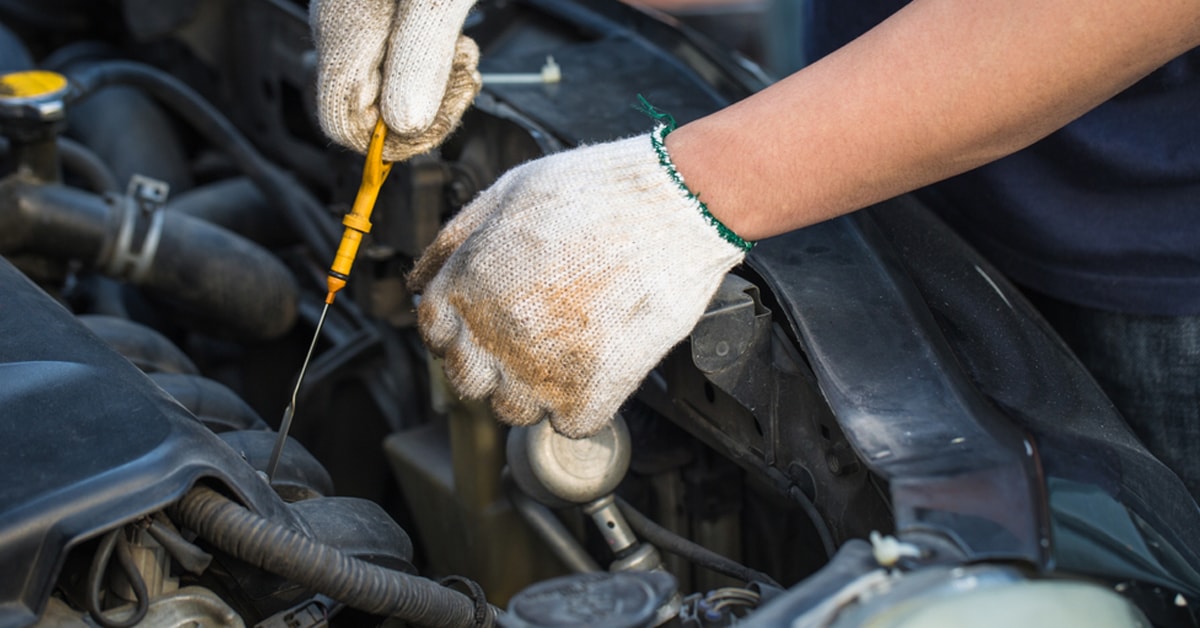
This is an obvious one that every car owner should know. While the rule of thumb used to be every three months or around 5,000 miles, that’s no longer true for all new cars. Read your manual to know when your vehicle’s oil change is due, we recommend setting the date on your calendar. If you’re not sure when you should change your oil, some signs to look for are if your oil looks black & gritty, your engine sounds louder than usual, or you notice the oil level drops. Some newer luxury models will also provide you with an alert when you need to change your oil.
2. Know What Your Check Engine Light Means
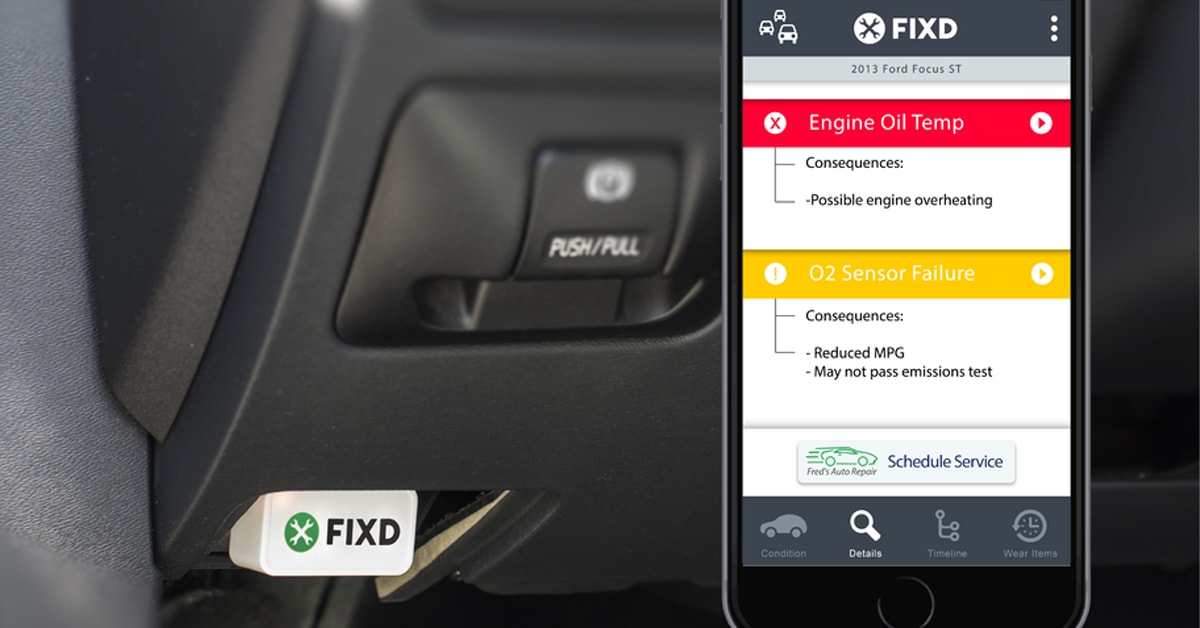
While it may not always mean you’re going to destroy your car if you continue to drive it, in many cases, the check engine light does indicate a major problem. There’s a new device though that can actually save you thousands of dollars in car repairs. It’s called FIXD and plugs into cars manufactured after 1996. If your “check engine light” comes on it will tell you the exact reason why. This is great because it means that mechanics won’t be able to lie to you in the hopes of taking more of your hard earned money (you’d surprised by how many do). In the United States alone, this product has done over $50,000,000 in sales in 2017.
3. Take Toothpaste To Cloudy Headlights
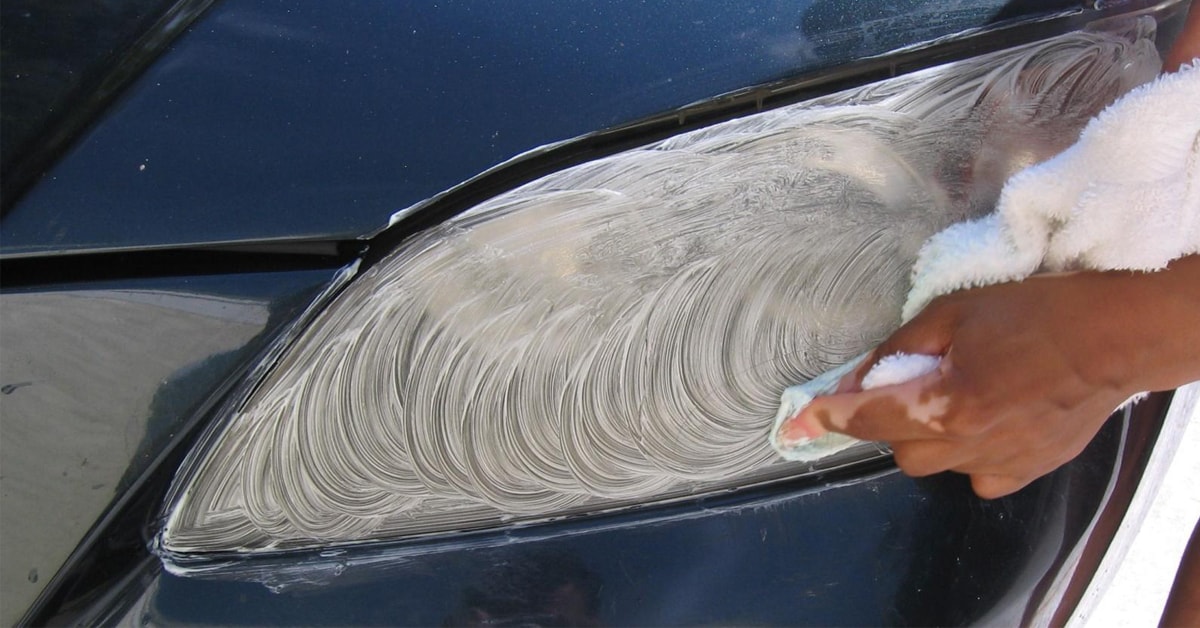
After many miles on the road, your car’s headlights are going to get scuffed up and cloudy. It might not majorly affect their performance, but it certainly doesn’t look good. Smear a little bit of toothpaste on a clean rag and start scrubbing the headlights. It contains mild abrasives that can remove a thin layer from the headlight housing and fill in any tiny scratches. Toothpaste is an easy and convenient compound to get your headlights clear again.
4. Fill Window Damage With Nail Polish
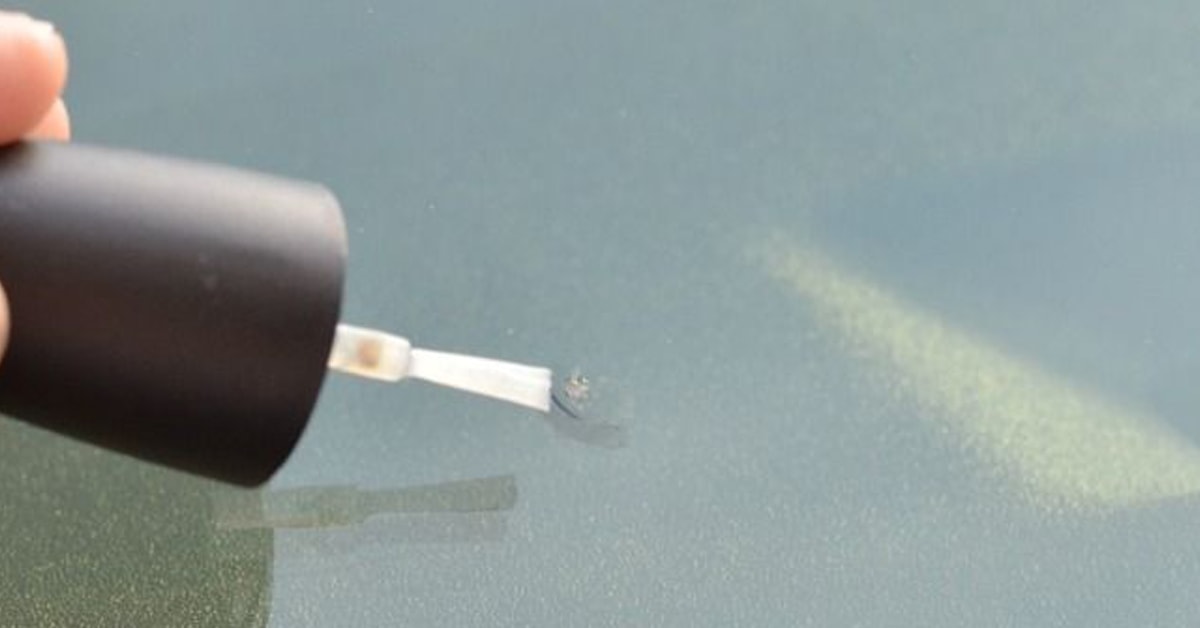
Small stones and other road debris can leave chips and cracks in your car’s windows. Oftentimes a crack can grow, meaning you need to shell out for an expensive window replacement. Try filling in window damage with (clear) nail polish. Carefully apply a thin layer to the damaged area. When it dries, it will be almost completely invisible, and might even help prevent a crack from growing. The money you’ll save against a whole new window is worth it, but use this advice with caution.
5. No Tickets? Get A Lower Auto Insurance Rate

You might think you’re already paying a low auto insurance rate, but recent research shows that only 5% of Americans over the age of 30 are paying less than $50 per month for car insurance. If you’re currently paying more than $50 per month, and have had no accidents or tickets in the past two years, you can probably secure a much lower car insurance rate. The best way to do that is to compare quotes from multiple insurers – let them compete for your business. In fact, there’s a new website that allows you to do just that – it’s called Best Quotes Auto Insurance. Once you fill out the form on their website they’ll provide you with multiple quotes you can choose from. If you’re still not satisfied, you can always call up the major car insurance companies and let them know you’re looking for better offers and that you have a clean driving abstract.
6. Keep RoadSide Hero In Your Car
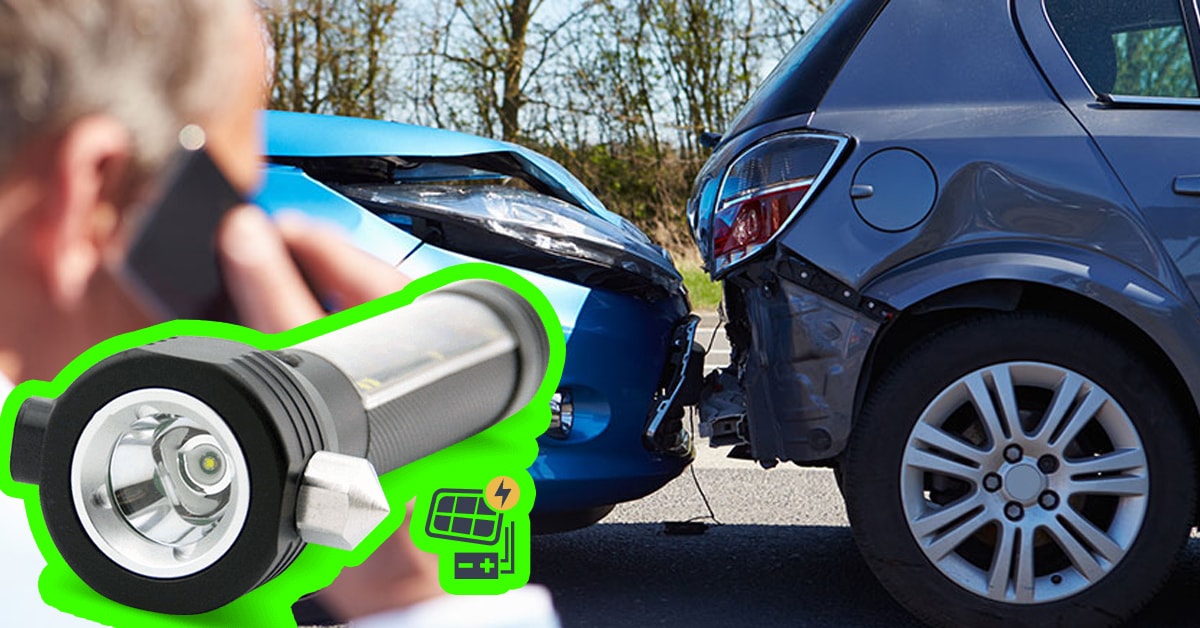
For anyone who has ever been involved in a serious car accident, you know just how traumatic it can be. In the United States alone nearly 40,000 people per year are killed in car accidents. That’s why it’s imperative that every American have the RoadSide Hero in their cars. It has 9-in-1 Multi-Function life saving tools. It can function as a belt/rope cutter, glass breaker, hammer, compass, mounting magnet, strobe/emergency light, powerbank and solar panel. This is the ultimate tool that should be in every vehicle.
7. Free Frozen Locks With Hand Sanitizer
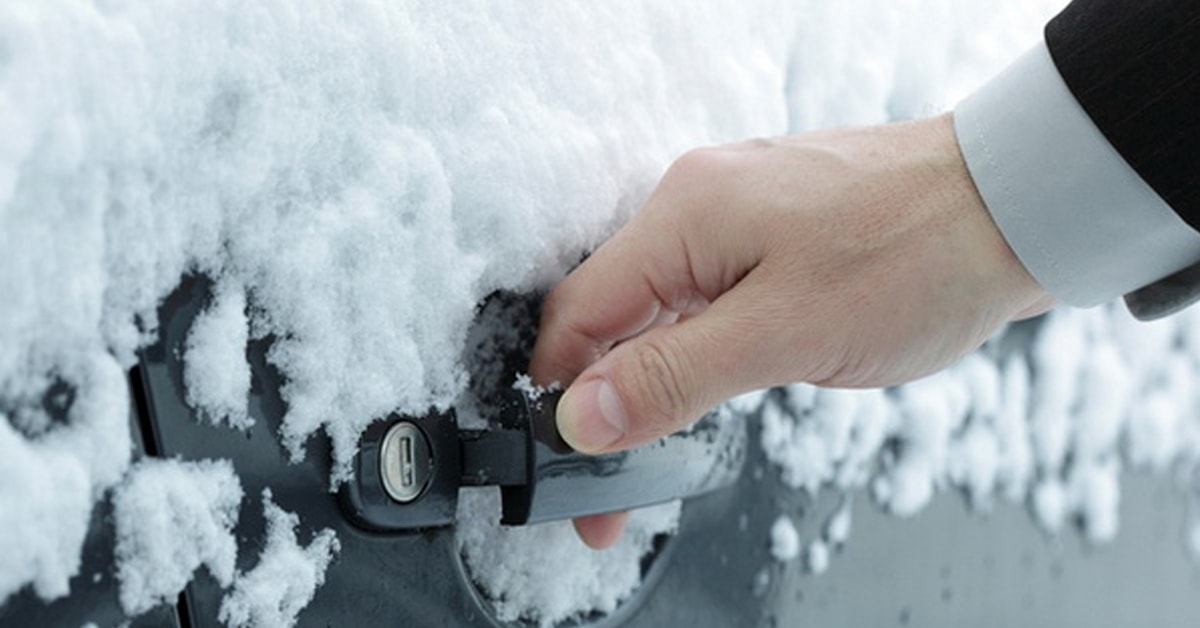
Even if it’s only parked out front, getting from the front door to your car in the middle of a harsh winter can be pretty miserable. It’s worse if you get there only to find the door locks are frozen shut. Hand sanitizer is your key to getting inside. The alcohol works to thaw the ice, so you can hop in and get the heater turned on high.
8. Use A Roadside Emergency Flare

Being stuck on a highway with a puncture or engine problem is most peoples ideas of a bad day. The Haylo Safety flare is something everyone should have with them. The Safety Flare offers the highest level of roadside safety for on-the-road situations and more! It can be used as a road flare and emergency beacon. It’s perfect for emergency use, camping/outdoors, road flares etc. Plus it is shatterproof, rainproof (IP55) and it can float so you can take it anywhere. 10 different lighting modes include spotlight (6 hours), double blink (9 hours), double pulse (9 hours), single blink (38 hours), rotate (9 hours), SOS rescue morse code (15 hours), alternate (9 hours), solid on high (5 hours), solid on low (28 hours) and 2 flashlight (9 hours).
It’s easy to use: Just press the button and hold to turn on and cycle through the different lighting options. The super bright array can be seen up to 1 mile at night and can also provide additional protection during the day as well. The strong magnetic backing allows the Halo to adhere to your vehicles hood.
9. Change Your Air Filter Every 6 Months
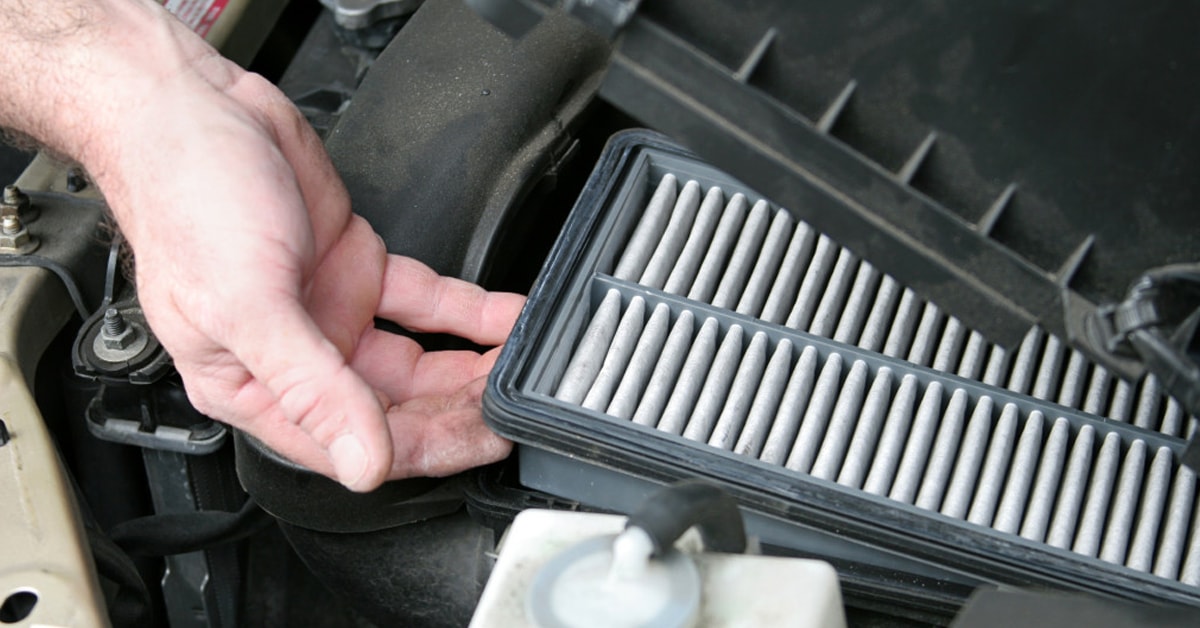
If you want to help increase your fuel efficiency, make sure you change your air filter every six months or as recommended in your owner’s manual. A lot of people often neglect doing this, and they find that they just aren’t getting the fuel efficiency they were promised by their car manufacturer.
10. Extend Your Car Warranty
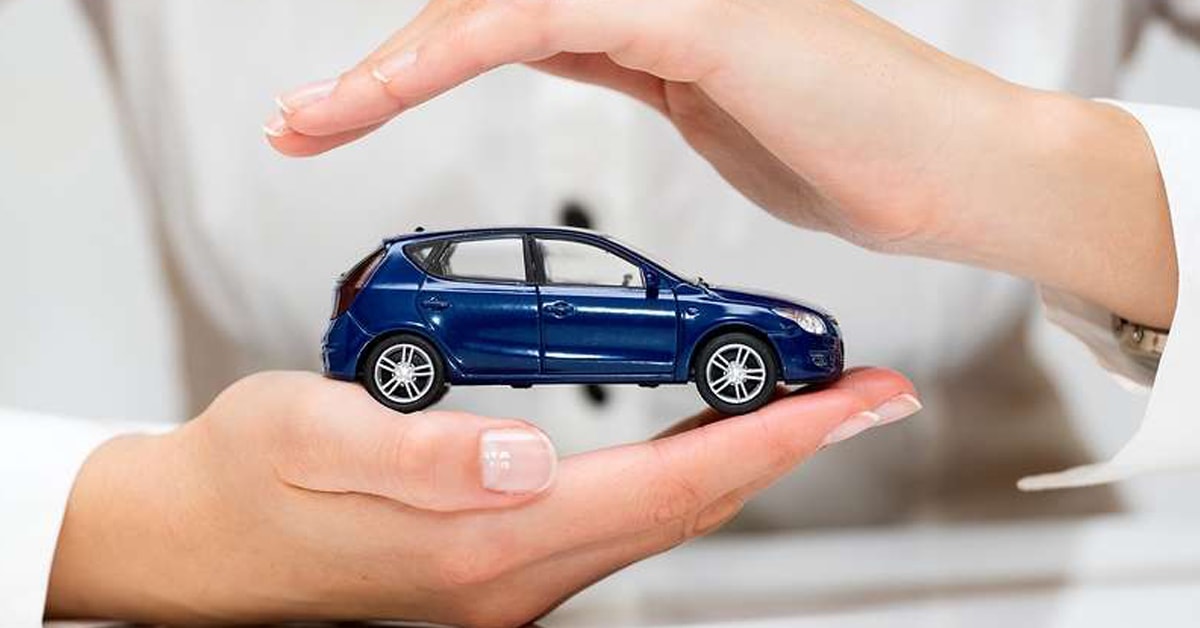
While most manufacturers offer factory warranty coverage on new vehicles, they typically expire within 3 years or after 36,000 miles, whichever comes first.
Has your car’s auto warranty expired? Purchasing extended auto coverage offers the same peace of mind as a no-cost factory plan without the restrictions. That means if your car breaks down, malfunctions or requires a replacement component, you could enjoy huge savings on repair costs without the new car price tag. Make sure you shop around for rates on this.
11. Keep A RoadSide Emergency Kit In Your Car
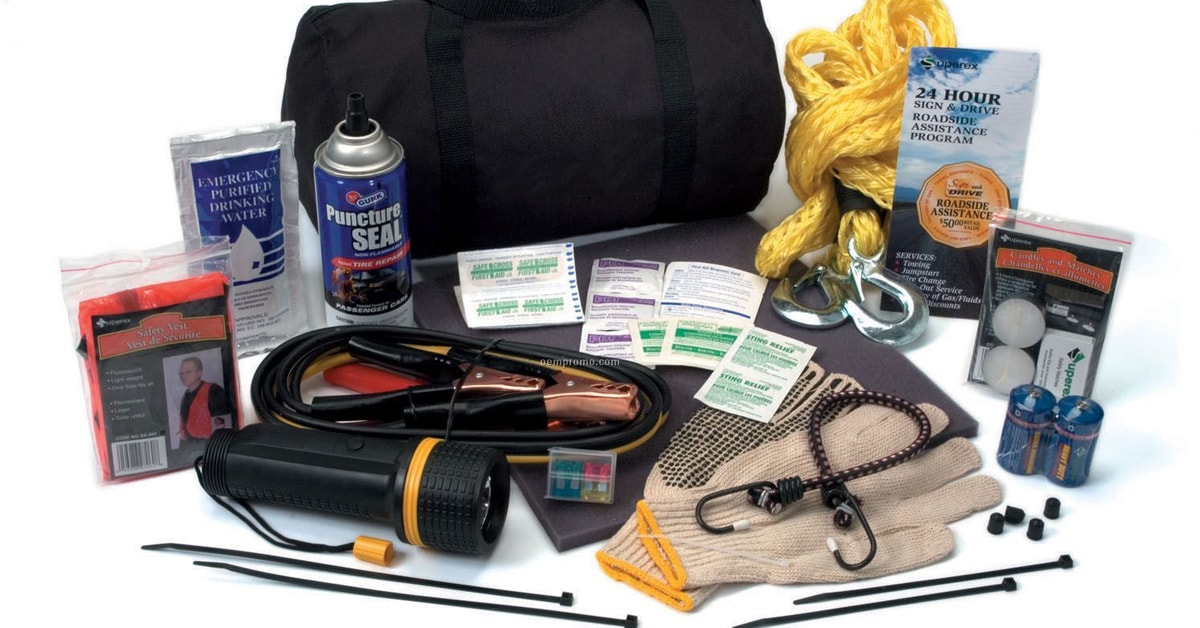
Let’s face it, your car may end up breaking down at some point. You can keep an already put together kit like the Ultimate Auto Emergency Kit or you can make your own. Just make sure to include food/water, a flashlight, an emergency survival blanket, jumper cables, reflective triangle or LED light, oil funnel, a safety vest, duct tape and AAA batteries. Their auto kit comes with all these products and more included.
Bonus #1: Escape A Sinking Car
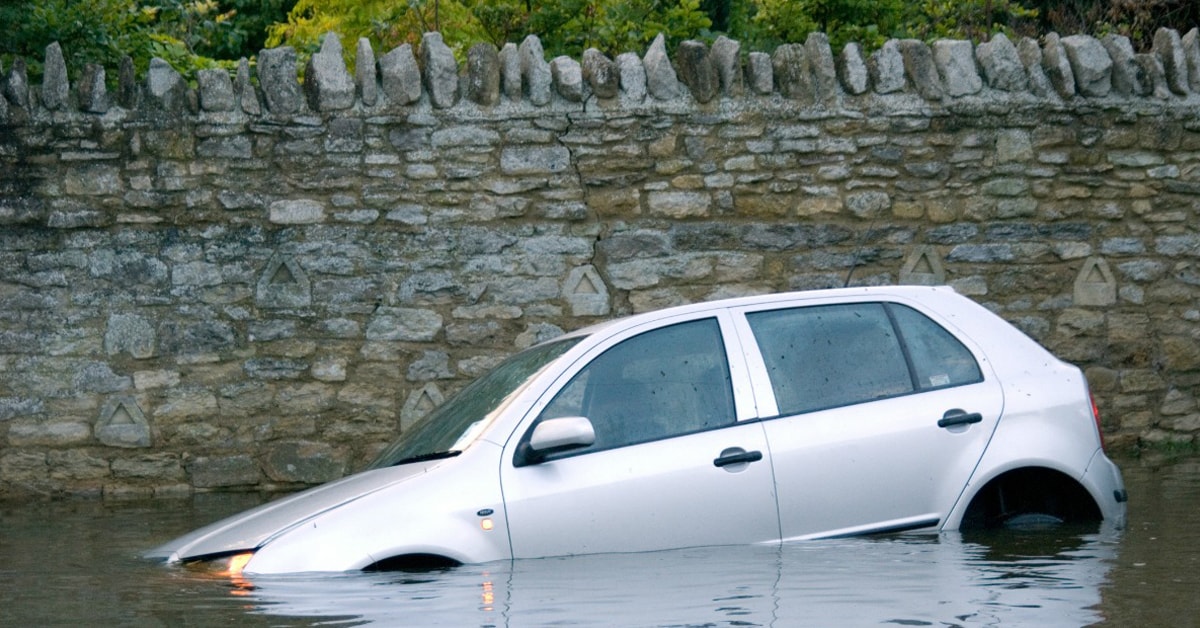
Imagine for a second that you are in the unfortunate position of being in a sinking car, here’s what you should do. The first thing you want to do is try to roll down at least one window before the car is completely submerged so that you can climb out or open the doors. Then you want to make sure that your seat belt is off. If you’re not able to roll down the window, you can use the RoadSide Hero as a hammer to break free. Assuming you don’t have the RoadSide Hero though, you can also take out the headrest from your seat and use the metal prongs to hit the window. Make sure you hit the window at the corners rather than the centre (as that will disperse the force). If you’re inside a sealed car it will be extremely difficult to open any door because the outside pressure is higher than the inside, thus holding the door closed. What you may have to do is start a leak, like maybe opening the air vents, and then wait until the car fills with enough water until the inside and outside pressures are equalized and THEN open a door. Make certain that you breath as long as you can and then take final deep breaths as the inside finally fills with water. Most people should never have to use this knowledge, but it’s always better to be prepared.

